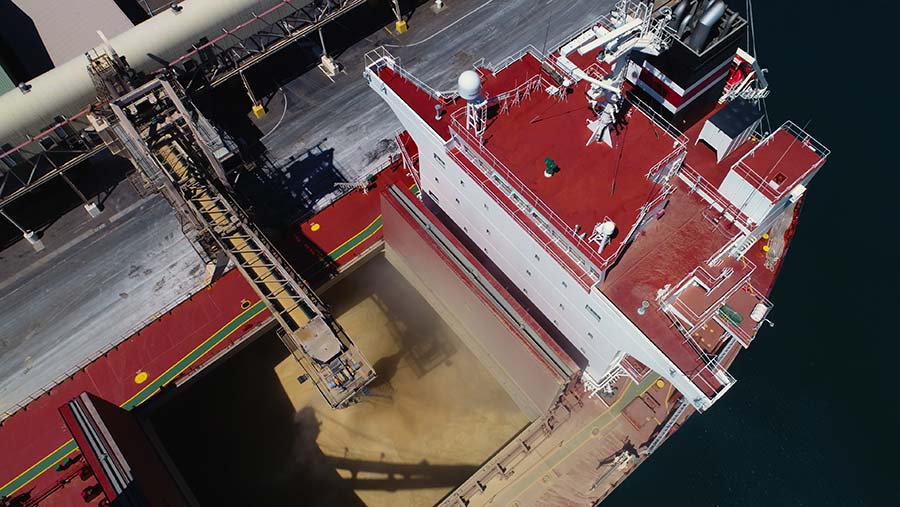FAO Outlook: Increased food output to be met by strong demand
 © Adobe Stock
© Adobe Stock Early forecasts point to a resilient global food trade in 2021-22, with increased supplies met by strong demand, according to the Food and Agriculture Organization of the United Nations (FAO).
The FAO’s twice-yearly report sets out likely prospects and drivers for the coming months in a sector-by-sector breakdown.
See also: Farmer numbers expected to plummet as BPS is taken away
Cereals
Overall, cereal crop production is expected to see moderate growth for the third year, to hit record highs, according to the report. World output forecasts (including rice) are pegged at nearly 2.82bn tonnes, an increase of 1.9% on 2020.
The main output increase is in the maize crop which is forecast at 3.7% higher than last year. However, usage is predicted to exceed the total produced, with demand up by 1.7% to 2.83bn tonnes.
Within the totals, wheat production forecasts are up 1.4% to a record high. Demand for wheat is predicted to rise by 2.5% overall, with a 7.5% increase in uptake for feed due to high prices for maize and other coarse grains.
The coarse grain market is looking tight despite a rise of 2.5% to 1.52bn tonnes, driven mainly by maize output. Utilisation is put at 1.53bn tonnes, leaving ending stocks down by 1.7% to just 328m tonnes.
Demand is led by China but Europe is also expected to buy in larger stocks in 2021.
Oilseed crops are forecast to fall short of demand in 2021 despite a 3.8% area-driven rebound in soybean and rape production globally. World output is expected to hit 610m tonnes, but the FAO suggested demand would see year-end stocks plunge to a seven-year low.
Meat
World meat output in 2021 is forecast to recover from two years of reduced production due to African swine fever (ASF). Global production is expected to increase by 2.2% to 346m tonnes.
Production rises are predicted in the US, Europe, Vietnam and Brazil. However, the main driver is China, which is rebuilding its pig herd following the ASF crisis. Global pigmeat output is expected to reach 114m tonnes, up 4.2% on year-earlier levels.
Within this total, Chinese production could rise by 10% compared with 2020 to 46m tonnes. This represents about 85% of China’s peak production before the ASF crisis began in 2018.
Chinese production will also help drive up other forms of meat output. Global beef and veal output is set to rise by 1.2% to 72m tonnes, with China, the US and Brazil seeing the main growth.
Likewise world output of sheepmeat is underpinned by China, which will push up production by about 1% to 16m tonnes. However, the volume of global trade is expected to stagnate.
China’s recovery post-ASF means worldwide pigmeat trade will be down by 0.6% to 12.8m tonnes. Trade in sheepmeat will drop by 0.8% to just over 1m tonnes due to lower exports from the UK and New Zealand to the Middle East, the US and EU.
These marginal declines are expected to be offset by beef and veal trade of 12m tonnes, a rise of 1.1%. This is mainly due to robust import demand from China, with Brazil, the US, Uruguay and Canada expected to meet the additional demand.
Dairy
Global dairy production in 2021 is forecast to increase at a steady pace even though the Covid-19 pandemic has hindered output in some key producing countries.
The FAO said total dairy production was expected to increase by 1.6% on 2020 output to 921.1m tonnes. The rise is due to increased dairy cattle numbers in India and Pakistan and continued expansion of large-scale units in China.
Despite the rise in production in these countries, they are still expected to drive demand, with world dairy trade up by 2.6% to 88m tonnes. Europe, New Zealand, and the US are expected to be the main exporting countries to meet the demand.
The full report FAO Food Outlook 2021 is available in PDF format.

